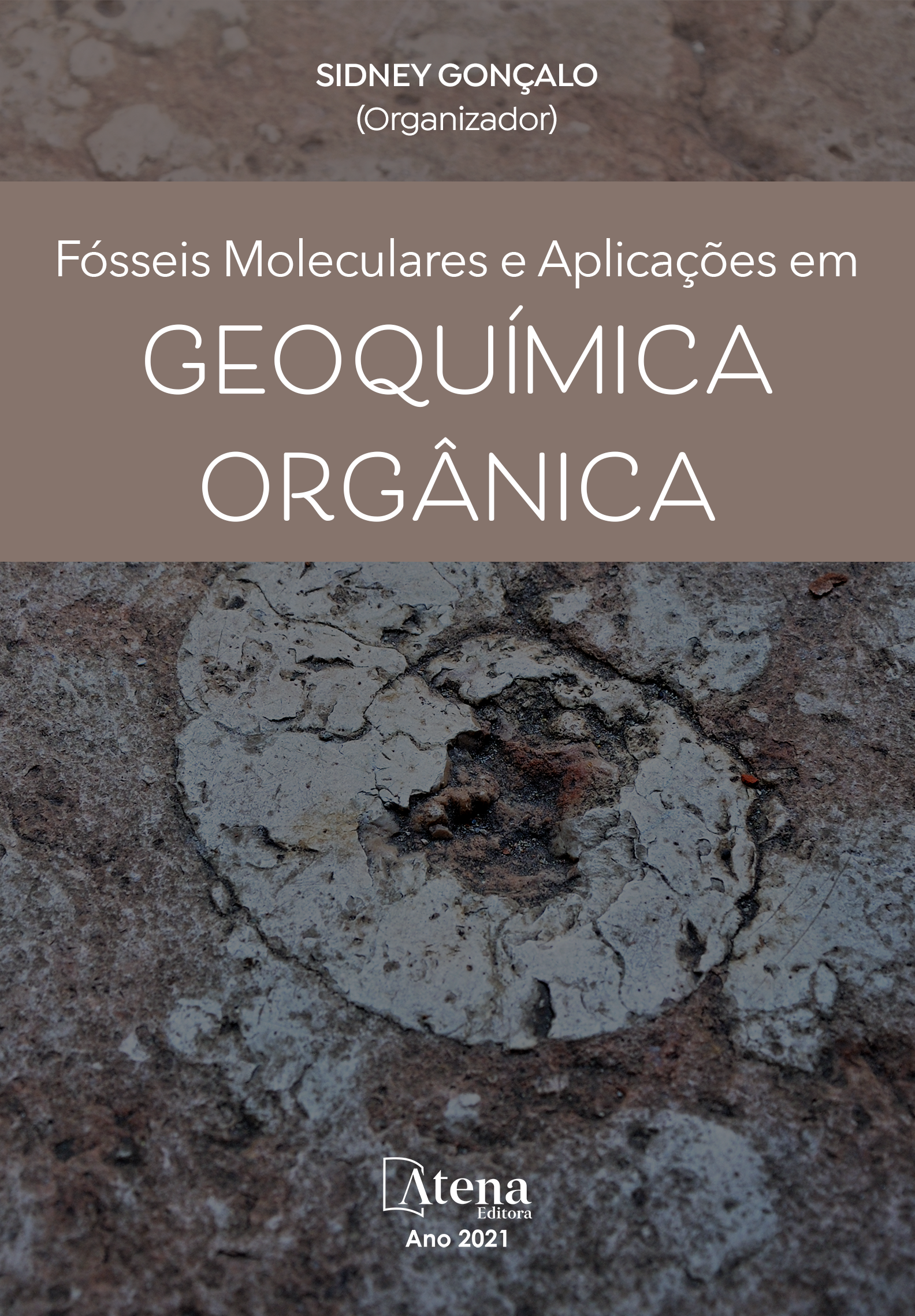
PERSISTENT ORGANIC CONTAMINANTS IN SEDIMENTS OF THE PARNAÍBA RIVER, TERESINA – BRAZIL
Os contaminantes orgânicos persistente (POPs) são considerados poluentes ambientais e são caraterizados pela lipossolubilidade, persistência no meio e carcinogenicidade, sendo capazes de causar problemas aos organismos aquáticos e aos humanos. Esse estudo revelou de forma inédita a distribuição, os níveis e a identificação das fontes desses hidrocarbonetos aderidos a superfície dos sedimentos do Rio Parnaíba. As concentrações qualitativas dos hidrocarbonetos alifáticos (HAs) de n-C10 a n-C36 foram obtidas, usando GC-FID e GC-MS, com predomínio daqueles de origem antropogênica e aporte petrogênico. Ainda, a avaliação quantitativa dos 6 hidrocarbonetos policíclicos aromáticos (HPAs) prioritários pela Agência de Proteção Ambiental dos Estados Unidos (USEPA) apontou concentrações na faixa de 1,86 a 66,8 ng g-1 nos sedimentos, classificado com origem mista e predominância de aporte pirolítico.
PERSISTENT ORGANIC CONTAMINANTS IN SEDIMENTS OF THE PARNAÍBA RIVER, TERESINA – BRAZIL
-
DOI: 10.22533/at.ed.15822060113
-
Palavras-chave: Hidrocarbonetos Alifáticos; Hidrocarbonetos Policíclicos Aromáticos, Contaminação ambiental; Rio Parnaíba
-
Keywords: Aliphatic Hydrocarbons; Polycyclic Aromatic Hydrocarbons, Environmental Contamination; Rio Parnaiba.
-
Abstract:
Persistent organic pollutants (POPs) are considered environmental pollutants and are characterized by their liposolubility, persistence in the medium, and carcinogenicity, being able to cause problems to aquatic organisms and humans. In an unprecedented way, this study revealed the distribution, levels, and identification of the sources of these hydrocarbons adhered to the sediment surface of the Parnaiba River. The qualitative concentrations of aliphatic hydrocarbons (AHs) from n-C10 to n-C36 were obtained by GC-FID and GC-MS, predominately those of anthropogenic origin and petrogenic input. Furthermore, the quantitative evaluation of the six polycyclic aromatic hydrocarbons (PAHs) prioritized by the United States Environmental Protection Agency (USEPA) indicated concentrations in the range of 1.86 to 66.8 ng.g-1 in the sediments, classified with mixed origin and predominance of pyrolytic input.
-
Número de páginas: 19
- Analine Daiany Costa Andrade
- Michel Ricardo de Barros Chaves
- Sidney Gonçalo de Lima


